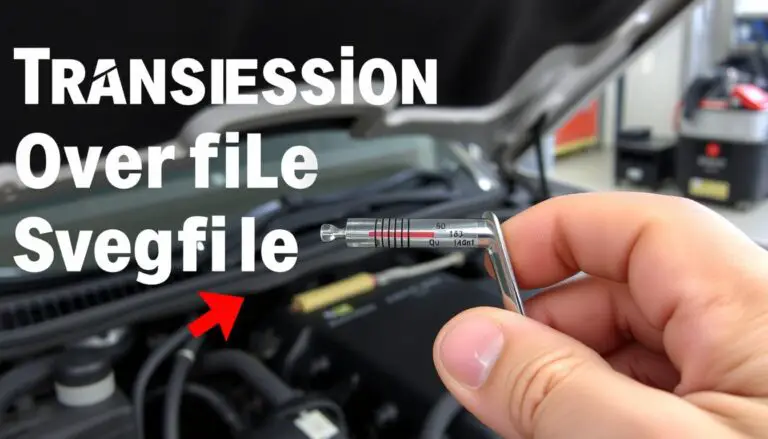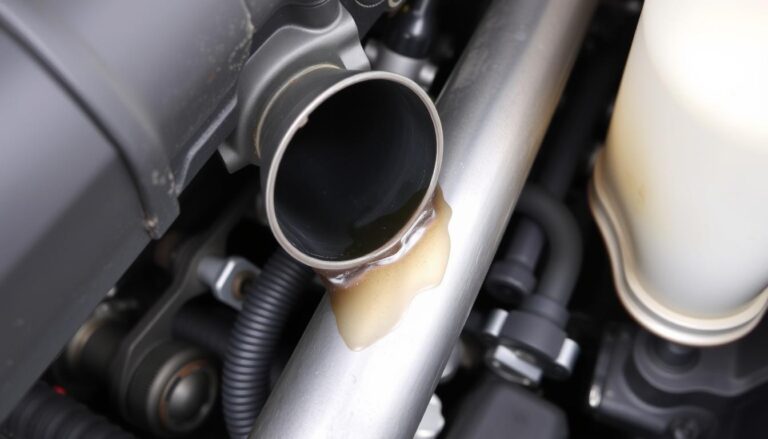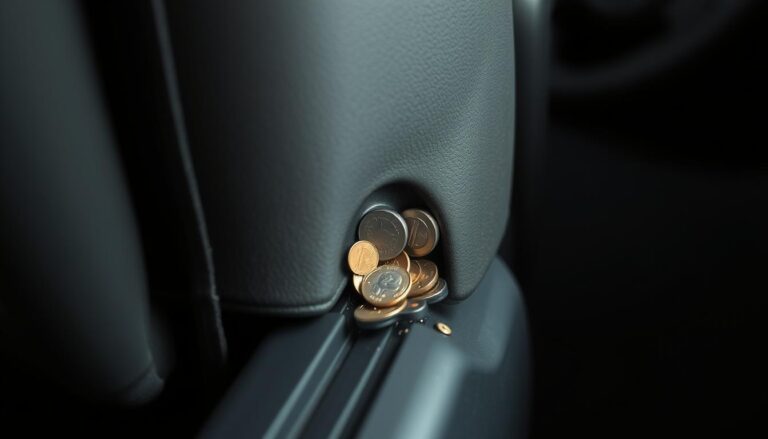The restoration of your vehicle’s black plastic trim can dramatically elevate its aesthetic appeal and tactile experience. Prolonged exposure to environmental factors can lead to a decline in the trim’s vibrancy, rendering it dull and weathered. Fortunately, revitalizing it to its pristine state is a straightforward endeavor, achievable through DIY methods with the appropriate techniques and materials.
Embracing a DIY trim restoration not only affords financial savings but also imbues a profound sense of accomplishment and a heightened connection to one’s vehicle. For a comprehensive guide on achieving professional-grade outcomes, refer to this detailed resource on black plastic trim restoration.
Key Takeaways
- Restoring black plastic trim enhances your vehicle’s appearance.
- DIY restoration is cost-effective and rewarding.
- Proper techniques and materials are crucial for a successful restoration.
- Regular maintenance can extend the life of the restoration.
- Using the right products, like Solution Finish Trim Restorer, can yield professional results.
Why Vehicle Plastic Trim Fades and Turns Gray
The once sleek black plastic trim on vehicles often fades to a dull gray over time, detracting from the vehicle’s overall appearance. This change is not merely cosmetic; it’s a sign of the trim’s degradation due to various environmental and chemical factors.
UV Damage and Environmental Factors
UV rays from the sun play a significant role in the fading of plastic trim. Prolonged exposure causes the plastic to degrade, losing its original color and finish. Environmental factors such as rain, snow, and extreme temperatures also accelerate this process.
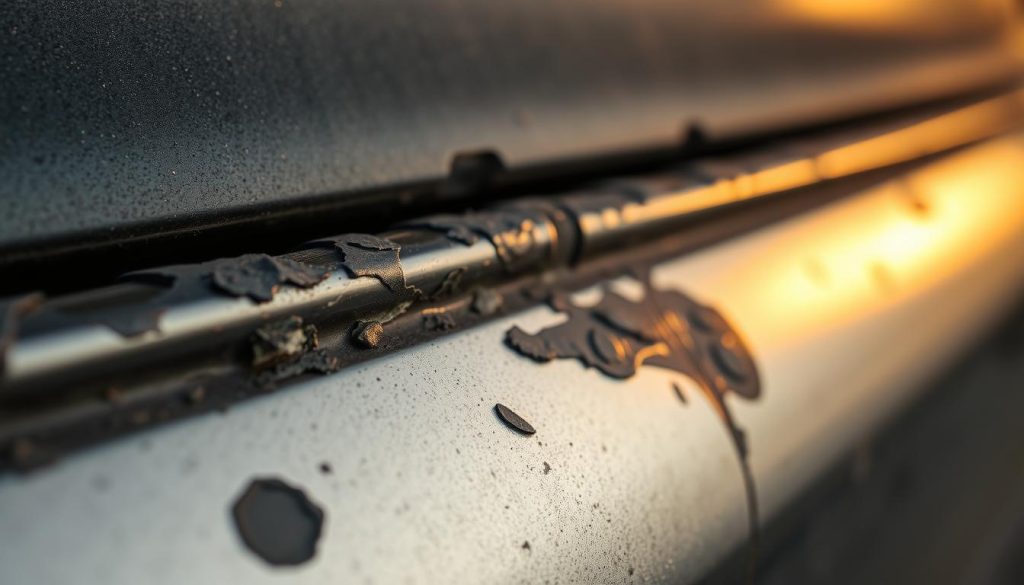
Chemical Exposure from Car Washes and Cleaners
Chemicals used in car washes and cleaning products can also damage plastic trim. Harsh detergents strip away the trim’s protective coating, making it more susceptible to fading and damage. It’s essential to use gentle, specially designed cleaning products to minimize this risk.
How to Identify Different Types of Plastic Trim
Identifying the type of plastic used for the trim is crucial for selecting the right restoration method. Different plastics respond differently to various restoration techniques. A simple test involves checking the trim’s flexibility and hardness to determine its type.
| Type of Plastic | Characteristics | Restoration Method |
|---|---|---|
| Polypropylene | Flexible, resistant to impact | Dyeing or coating |
| Polyurethane | Flexible, abrasion-resistant | Specialized coatings |
| ABS Plastic | Hard, impact-resistant | Dyeing or painting |
Understanding the type of plastic and the factors that cause its degradation is key to restoring faded plastic trim effectively. By identifying the trim type and using the appropriate restoration method, vehicle owners can maintain their vehicle’s appearance and protect its value.
Common Restoration Methods and Their Effectiveness
The pursuit of revitalizing faded black plastic trim necessitates an examination of diverse restoration methodologies and their efficacy. Vehicle proprietors frequently seek out solutions that are both economically viable and enduring.
Temporary Solutions: Dressings and Sprays
Among vehicle owners, temporary solutions such as dressings and sprays are favored for their simplicity of application and immediate visual enhancement. These formulations, typically comprising silicones or hydrophobic agents, repel water and temporarily rejuvenate the trim’s appearance. Notwithstanding, their efficacy wanes over time, necessitating recurrent application.
Semi-Permanent Options: Dyes and Coatings
Semi-permanent alternatives, encompassing dyes and coatings, present a more enduring solution. Dyes embed within the plastic to revive its original hue, whereas coatings affix a protective veneer atop the trim. These options surpass temporary solutions in longevity but are susceptible to degradation under UV radiation and environmental stressors.
Household Items That Actually Work
Various household items have been advocated for trim restoration. Though less convenient than commercial products, they offer a cost-effective avenue.
Olive Oil and Peanut Butter Myths
Olive oil and peanut butter are frequently proffered as DIY alternatives, albeit their efficacy is largely anecdotal and potentially misleading. Olive oil, for example, can impart a greasy residue that attracts dust, whereas peanut butter proves challenging to completely eradicate.
Heat Gun and Boiled Linseed Oil Methods
Household alternatives with greater merit include employing a heat gun to restore the trim’s original contours and appearance, and utilizing boiled linseed oil (BLO) for conditioning and protection. BLO imparts a resilient finish, albeit it may necessitate repeated applications and can subtly darken the trim.
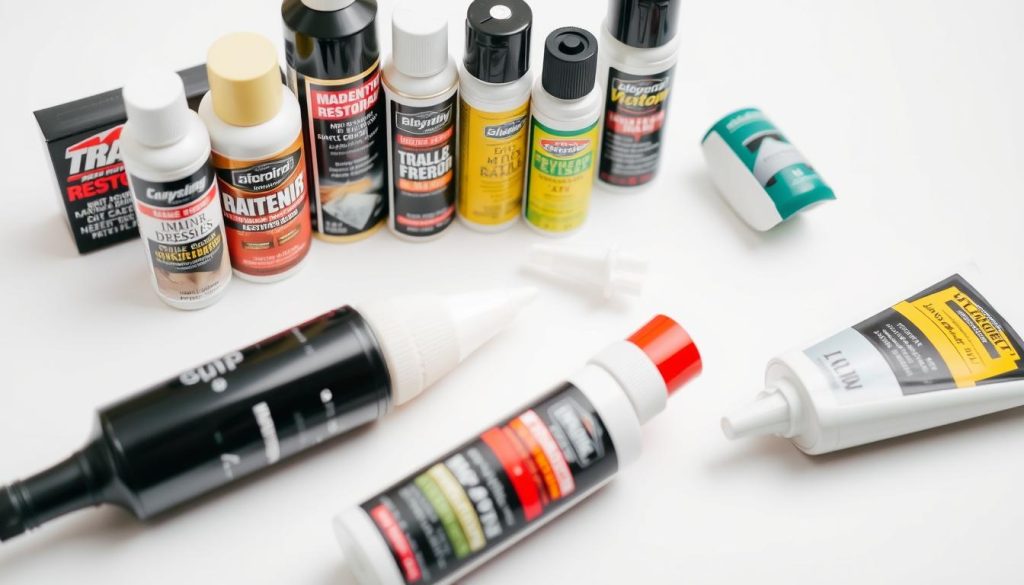
| Method | Effectiveness | Durability |
|---|---|---|
| Dressings and Sprays | High | Low |
| Dyes and Coatings | High | Medium |
| Heat Gun and BLO | Medium | High |
The selection of a restoration methodology hinges on the vehicle owner’s preferences, the trim’s condition, and the desired outcome. By comprehending the efficacy and longevity of disparate methods, vehicle owners can make informed decisions.
How to Permanently Restore Black Plastic Trim DIY
Utilizing the correct products and methodologies, the DIY restoration of black plastic trim can achieve enduring results. Enhancing your vehicle’s black plastic trim not only elevates its aesthetic but also safeguards it against further degradation.
Selecting the Right Products for Long-Term Results
The selection of appropriate products is paramount for a successful DIY restoration endeavor. Opt for products explicitly formulated for black plastic trim restoration, as they are designed to restore the trim’s original hue and offer protection against environmental factors.
When selecting products, consider the type of plastic your trim is composed of and the extent of restoration required. Certain products are tailored for specific plastic types, necessitating careful label scrutiny.
Commercial Restorers vs. DIY Alternatives
Commercial restorers present a spectrum of solutions, ranging from temporary fixes to enduring restorations. Well-known brands such as Meguiar’s, Chemical Guys, and 3M offer diverse products with distinct formulations.
DIY alternatives, including household items, can also prove effective. Yet, their durability and efficacy can differ significantly from commercial offerings.
| Product Type | Longevity | Effectiveness |
|---|---|---|
| Commercial Restorers | Several months to a few years | High |
| DIY Alternatives | A few weeks to several months | Variable |
Understanding Silicone-Free vs. Silicone-Based Products
The decision between silicone-free and silicone-based products hinges on your specific requirements. Silicone-based products offer a glossy finish and superior protection against environmental factors, albeit not suitable for all trim types.
When to Use Each Type
Employ silicone-based products for a high-gloss finish and for those willing to reapply as necessary. Select silicone-free products for a more natural appearance or when dealing with trim sensitive to silicone.
Expected Longevity of Different Solutions
The restoration’s longevity is contingent upon the product’s characteristics, environmental conditions, and maintenance regimen. Generally, silicone-based products endure longer due to their protective attributes.
By comprehending the various product types and their attributes, you can make an informed decision for your DIY black plastic trim restoration project.
Step-by-Step Restoration Process
To restore your vehicle’s black plastic trim to its former glory, a comprehensive understanding of the restoration process is imperative. The task necessitates meticulous attention and the application of precise techniques. By adhering to a structured methodology, one can attain professional-grade outcomes within the confines of one’s domicile.
Gathering Your Materials and Tools
Initiating the restoration journey necessitates the compilation of all requisite materials and tools. This ensemble includes a premium black plastic trim restorer, a soft-bristle brush, microfiber towels, and a bespoke cleaning solution. Opting for products tailored for black plastic trim restoration is paramount for achieving optimal results.
- A high-quality black plastic trim restorer
- A soft-bristle brush for application
- Microfiber towels for cleaning
- A cleaning solution for surface preparation
Preparing the Surface: Cleaning and Degreasing
Effective surface preparation is fundamental to a successful restoration endeavor. Initiate by meticulously cleaning the trim with a diluted soap and water solution to eradicate dirt and grime. For entrenched contaminants, a degreaser is advisable to ensure a pristine surface. Ensuring the trim is completely dry post-cleaning is imperative to avert water spots.
Application Techniques for Best Results
The application methodology significantly influences the restoration’s outcome. Two primary approaches exist: single-stage and multi-layer application.
Single-Stage Application Method
For trim exhibiting only minor fading, a single-stage application may suffice. Apply the restorer uniformly with a soft-bristle brush, adhering to the manufacturer’s guidelines. This approach is expedient and effective for preserving the trim’s aesthetic.
Multi-Layer Application for Severe Fading
For trim exhibiting pronounced fading, a multi-layer application is advisable. Apply the restorer in successive, thin layers, allowing each to dry as per the product’s directives before proceeding to the next. This incremental application ensures a robust and enduring restoration.
Drying and Curing Times
Post-application, adherence to the recommended drying and curing periods is critical. Allowing the product to dry and cure adequately ensures optimal adhesion to the plastic, providing the desired protection and aesthetic enhancement. Avoid subjecting the restored trim to water or extreme temperatures during this critical phase.
By meticulously adhering to these steps and utilizing the appropriate materials, one can successfully restore their vehicle’s black plastic trim to its original brilliance. Regular upkeep will ensure the trim remains in pristine condition.
Common Mistakes to Avoid During Restoration
The restoration of your vehicle’s black plastic trim necessitates meticulous attention to detail to circumvent prevalent errors that could compromise its durability and aesthetic appeal. In the realm of DIY restoration, it is not uncommon for individuals to overlook critical phases or employ inappropriate products, resulting in inferior outcomes.
Over-Application and Product Buildup
One prevalent error is the excessive application of trim restoration products, which can precipitate a sticky residue and attract dirt. Employing the correct quantity is paramount for achieving a satisfactory restoration.
Improper Surface Preparation
The failure to adequately clean and degrease the trim prior to the application of restoration products can culminate in a suboptimal finish. Thorough surface preparation is indispensable.
| Common Mistakes | Consequences | Solutions |
|---|---|---|
| Over-Application | Product buildup, sticky residue | Use the recommended amount |
| Improper Surface Preparation | Poor finish, reduced durability | Clean and degrease thoroughly |
| Using Wrong Products | Incompatibility, poor results | Choose products suitable for your trim type |
Using the Wrong Products for Your Trim Type
Employing trim restoration products that are not compatible with your vehicle’s trim type can yield underwhelming results. Always verify the product specifications prior to application.
Weather Conditions That Affect Application
Weather conditions such as high humidity or direct sunlight can impede the application and drying process of trim restoration products. Opt for a suitable time and environment for optimal results.
Conclusion
Embarking on the restoration of black plastic trim on your vehicle presents a viable and gratifying DIY endeavor. Grasping the underlying causes of fading and employing efficacious plastic trim restoration methodologies can culminate in a pristine finish, indistinguishable from new.
The process of DIY trim restoration necessitates the selection of suitable products, thorough surface preparation, and precise application of the chosen restoration technique. Irrespective of opting for a commercial restorer or a self-formulated solution, adherence to the manufacturer’s guidelines and the exercise of caution are paramount.
Armed with the insights derived from this discourse, you are now equipped to undertake the restoration of your vehicle’s black plastic trim with confidence. This endeavor not only elevates the aesthetic appeal of your vehicle but also safeguards the trim against future deterioration. The successful execution of DIY trim restoration can profoundly impact your vehicle’s overall appearance, imbuing it with a sense of meticulous care and maintenance.
FAQ
What causes black plastic trim to fade and turn gray?
The primary cause of black plastic trim’s degradation is UV radiation, coupled with environmental stressors and chemical interactions from car washes and cleaning agents.
How do I identify the type of plastic trim on my vehicle?
To discern the plastic trim’s composition, scrutinize the trim for any visible markings or labels. Subsequently, consult the vehicle’s documentation or manufacturer’s specifications to ascertain the exact type of trim.
Are commercial restorers better than DIY alternatives for restoring black plastic trim?
The efficacy of commercial restorers versus DIY solutions hinges on individual preferences and circumstances. Commercial products are often formulated for specific tasks, ensuring consistent outcomes. In contrast, DIY methods offer flexibility and cost-effectiveness, albeit with variable results.
What is the difference between silicone-free and silicone-based restoration products?
Silicone-free products are preferred for black plastic trim restoration due to their non-residue properties, which prevent dust and dirt accumulation. In contrast, silicone-based solutions, while potentially offering a more durable finish, necessitate more extensive preparation and may leave a residue.
How long does a restored black plastic trim finish typically last?
The durability of a restored finish is contingent upon several factors, including the product’s formulation, environmental conditions, and maintenance regimen. Generally, a meticulously applied restoration can endure several months to a few years, contingent upon proper care and exposure to environmental stressors.
Can I use household items like olive oil or peanut butter to restore my vehicle’s black plastic trim?
While certain household items may temporarily revive the appearance of black plastic trim, olive oil and peanut butter are not advisable due to their potential to leave lasting residues and potentially harm the trim. Instead, consider employing a heat gun in conjunction with boiled linseed oil or other specialized restoration products designed for this purpose.
What are some common mistakes to avoid during the restoration process?
To ensure a successful restoration, avoid over-applying products, neglecting proper surface preparation, selecting the wrong products for your trim type, and ignoring the impact of weather conditions on the application process.
How do I prepare the surface of my vehicle’s black plastic trim for restoration?
Surface preparation entails a thorough cleaning and degreasing of the trim to eliminate dirt, grime, and any pre-existing products that could impede the restoration process.
